Bollinger Motors, a U.S.-based company out of Detroit, is looking to reinvigorate Motor City, and indeed the world, with the reveal last month of its patent-pending E-Chassis. The EV platform is the kind of technology that could hurry the scaling up of the EV economy due to its adoptability by commercial fleets.
“When we first built our class 3 B1 (chassis), we knew there was a commercial aspect to the platform,” said Bollinger Motors’ eponymous CEO and founder Robert Bollinger. “Not only cab-on-chassis, but entirely new truck bodies can fit on our E-Chassis, and help propel the world to all-electric that much faster.”
The platform, which already accommodates the Bollinger B1 Sport Utility and the B2 Pickup, is set to form the basis of all future Bollinger models and trucks too. The commercial hope of the platform is that companies and organisations, as well as private customers, would be better able to transition their fleets to EVs if a single platform can be utilised for a variety of uses.
The EV market is growing worldwide, but EVs have not yet reached economies of scale large enough to activate exponential growth, the only kind of growth that could transition the transport industry away from fossil-fuels.
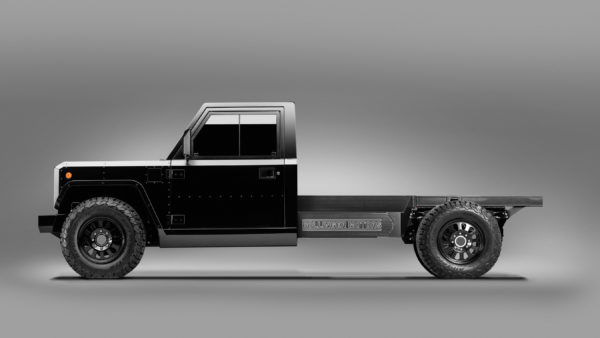
Image: Bollinger Motors
You Say Truck, I Say Ute, Let’s Call the Whole Thing Off
Bollinger’s designs are no doubt inspired by the company’s onomastic rival, Bollinger Champagne, by which I mean the crates the champagne is delivered in rather than the elegant bottles themselves. The boxes of hard lines suggest a trend in EV-truck design starting with Tesla’s Cybertruck, an edgy truck in more ways than one. For some reason the designers of EV-utes seem to think the things should all look like the spaceships imagined in the 1980s.
Speaking of the 1980s, Bollinger refers to their design’s long tray as a “long bed mullet style haircut;” but a mullet is ‘business in the front and a party in the back,’ while a ute is precisely the other way around. Although, it must be said, a mullet is often found up front in the cab too.
Of course, there is some truth in the idea that form follows function, though truer is the idea that beauty follows one’s heart. In the case of EVs however, function is good enough. After all, we’re not trying to reinvent the wheel, we’re trying to spin the wheel cleanly.
EVs are falling in price and gaining in utility, EV manufacturers are engaging in ‘unprecedented’ collaboration toward economies of scale, charging networks are being laid out, and energy retailers are incentivising EV uptake. However, according to the government’s 2018 emissions projections, transport is set to continue as one of Australia’s biggest emitters, particularly road transport. The transition to EV’s needs to pick up speed, and focusing on fleet transition as Bollinger’s platform design does, is a good place to start.
Fleet Transition
In 2018, ARENA and CEFC published a report predicting the uptake of EVs would increase significantly over the next decade as EVs reach price parity with petrol cars by the early to mid-2020s. Toward this end, ARENA has recognised that the key to energy transition in the road transport sector is fleet vehicles. After all, fleet vehicles make up more than half of all new vehicle sales in Australia. If this whopping great commercial edifice can fall to the energy transition, the entire state of the road transport market is sure to follow.
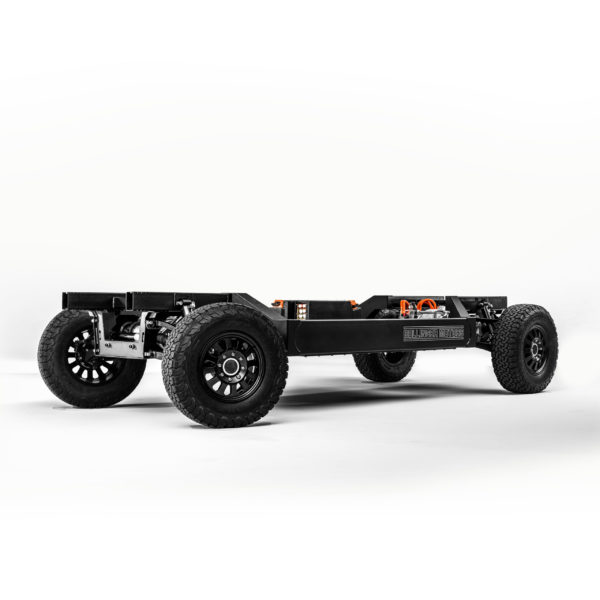
The Bollinger platform may not be open to many Australians when it hits the US market in 2021, but it is the platform itself from which EVs can push off from that is of importance.
According to a 2019 report from McKinsey and Company, “Making electric vehicles profitable,” purpose-built EV platforms are simpler to assemble and could deliver up to US$600 in savings per vehicle. Moreover, platforms are easier to ship, enable multiple variations and fewer tools and maintenance costs. In short, the platform is the platform of the future.
This content is protected by copyright and may not be reused. If you want to cooperate with us and would like to reuse some of our content, please contact: editors@pv-magazine.com.
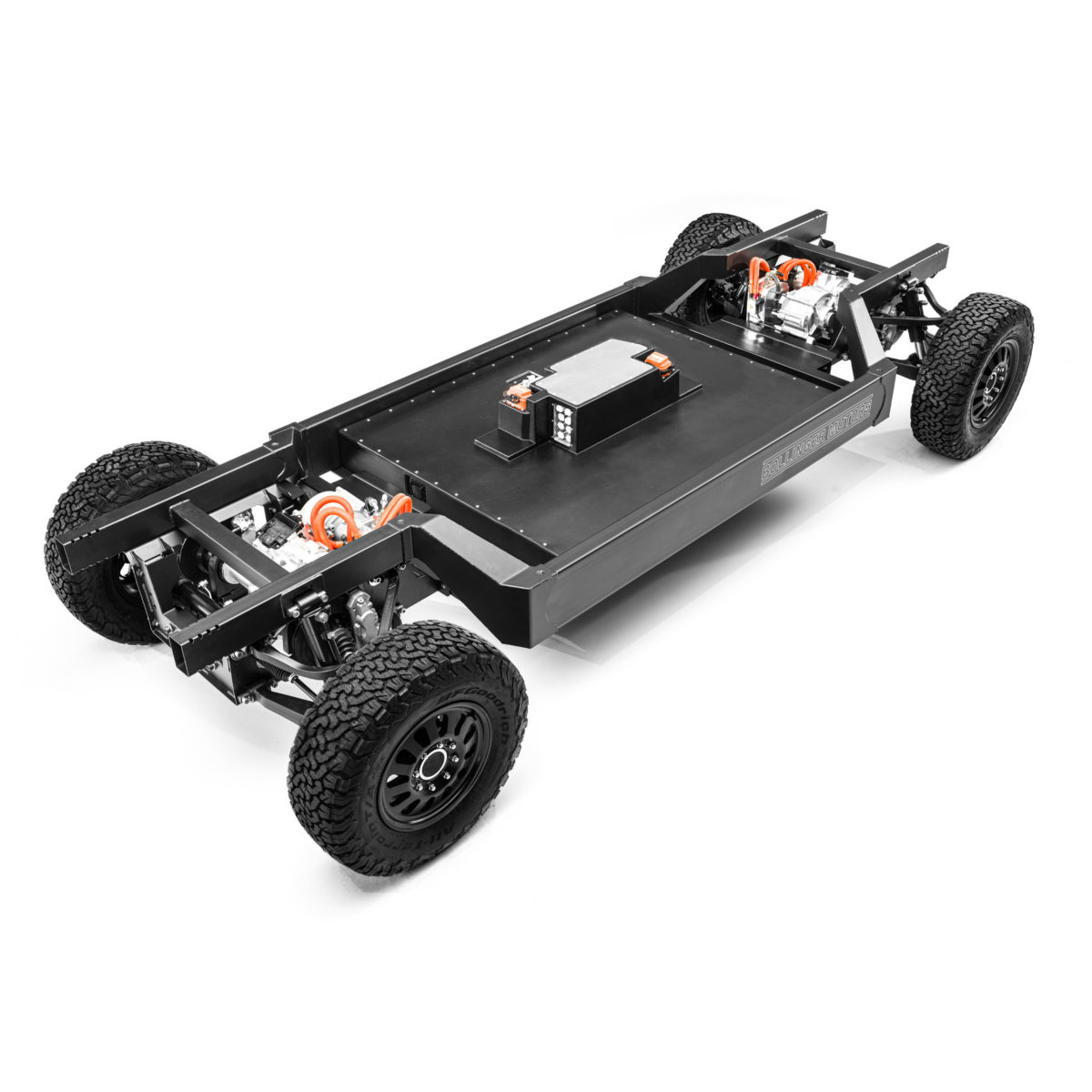




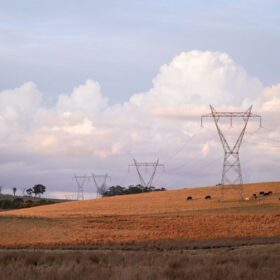

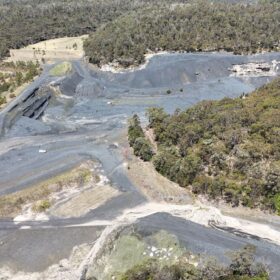
I’ve got a 1949 REO speedwagon cab, I’d love to put that on this “skateboard” and bring 71 year old iron back to life and put it on a road system with speed limits one could not achieve 71 years ago.
Yeah, that “term” decontinting is where we need to go. Pushing for this self driving, no steering wheel autonomaton is not necessary. There’s a lot of old classic tin out there, that deserves another turn down the road with modern technology. Bring it on.